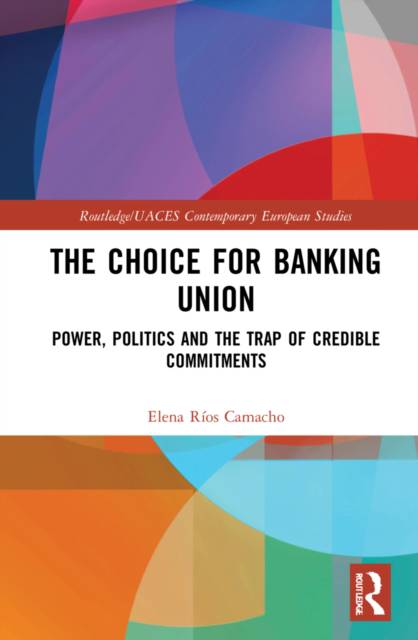
- Retrait gratuit dans votre magasin Club
- 7.000.000 titres dans notre catalogue
- Payer en toute sécurité
- Toujours un magasin près de chez vous
- Retrait gratuit dans votre magasin Club
- 7.000.000 titres dans notre catalogue
- Payer en toute sécurité
- Toujours un magasin près de chez vous
The Choice for Banking Union
Power, Politics and the Trap of Credible Commitments
Elena Ríos CamachoDescription
This book explains why the European Union (EU) Member States - in response to the euro crisis - agreed to establish banking union, despite previous objections, and why they chose its hybrid institutional design.
Analysing its establishment from 2012 to 2020, the book offers a comprehensive view of the preferences of the Member States and EU institutions, as well as of the negotiation dynamics and latest developments in the three pillars of banking union, namely, the Single Supervisory Mechanism, the Single Resolution Mechanism and the common backstop, and the European deposit insurance scheme. Furthermore, empirically, the book looks beyond the usual focus of the northern and southern coalition of states to underline the influence of powerful smaller Member States in the intergovernmental bargaining process. Adopting a range of theoretical perspectives, it questions the solidity of the northern versus southern camps and reveals distinctive and particular positioning from individual countries during the process.
This book will be of key interest to scholars and students of European financial market regulation, European economic governance, EU institutions, European integration theory and EU politics more broadly.
Spécifications
Parties prenantes
- Auteur(s) :
- Editeur:
Contenu
- Nombre de pages :
- 234
- Langue:
- Anglais
- Collection :
Caractéristiques
- EAN:
- 9780367721879
- Date de parution :
- 31-12-21
- Format:
- Livre relié
- Format numérique:
- Genaaid
- Dimensions :
- 156 mm x 234 mm
- Poids :
- 521 g







